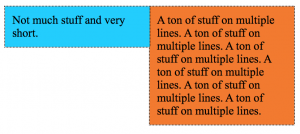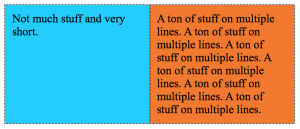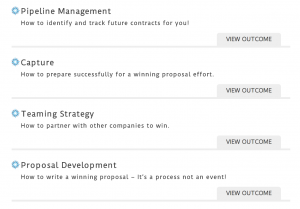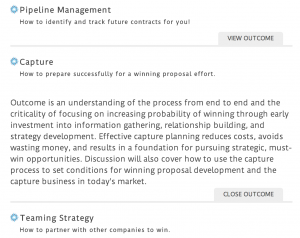Redirect user based on role or capability on login. You can add else if’s to direct different users. has_cap accepts roles or capabilities. So you could use, “edit_posts” for a check.
Add to functions file.
/**
* WordPress function for redirecting users on login based on user role
*/
function my_login_redirect( $url, $request, $user ){
if( $user && is_object( $user ) && is_a( $user, 'WP_User' ) ) {
if( $user->has_cap( 'administrator' ) ) { // this can be role, or capability
$url = admin_url();
} else {
$url = home_url('/members-only/');
}
}
return $url;
}
add_filter('login_redirect', 'my_login_redirect', 10, 3 );



